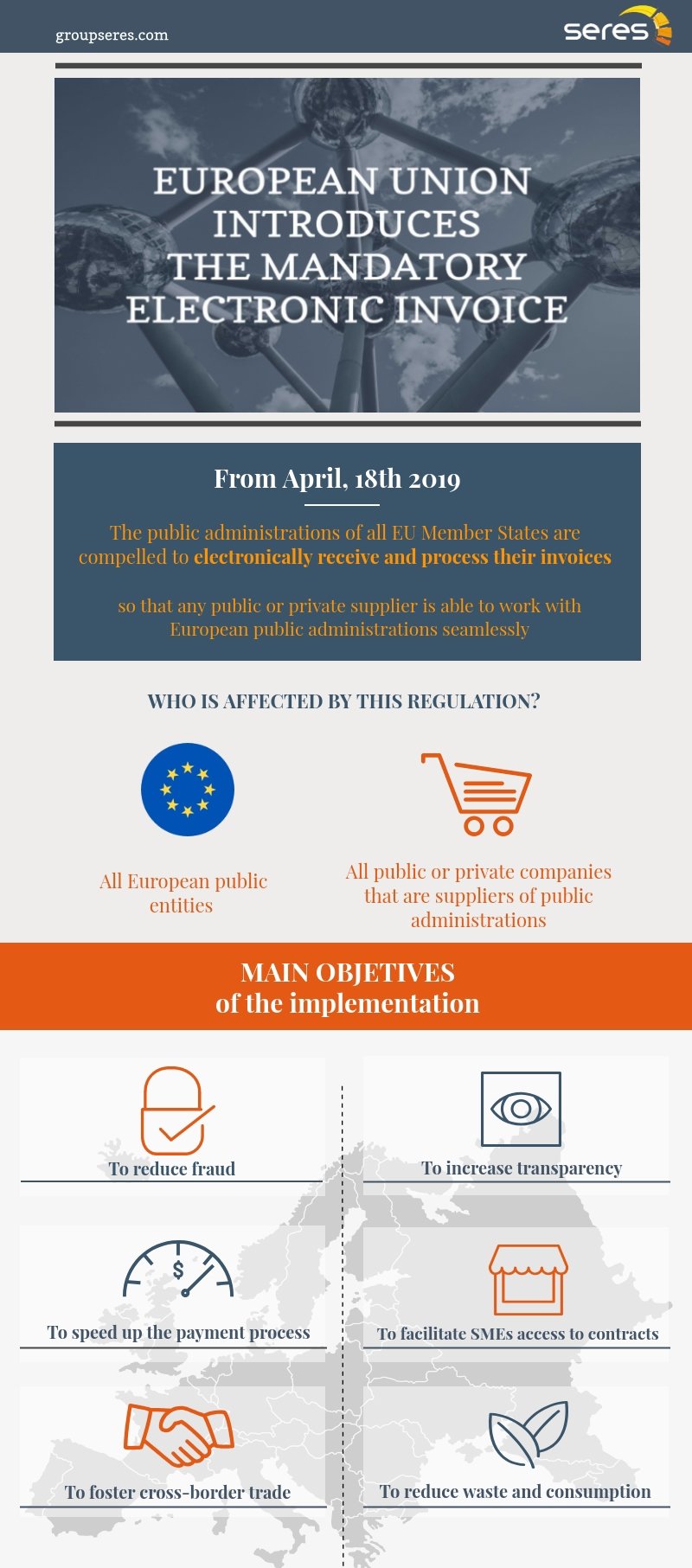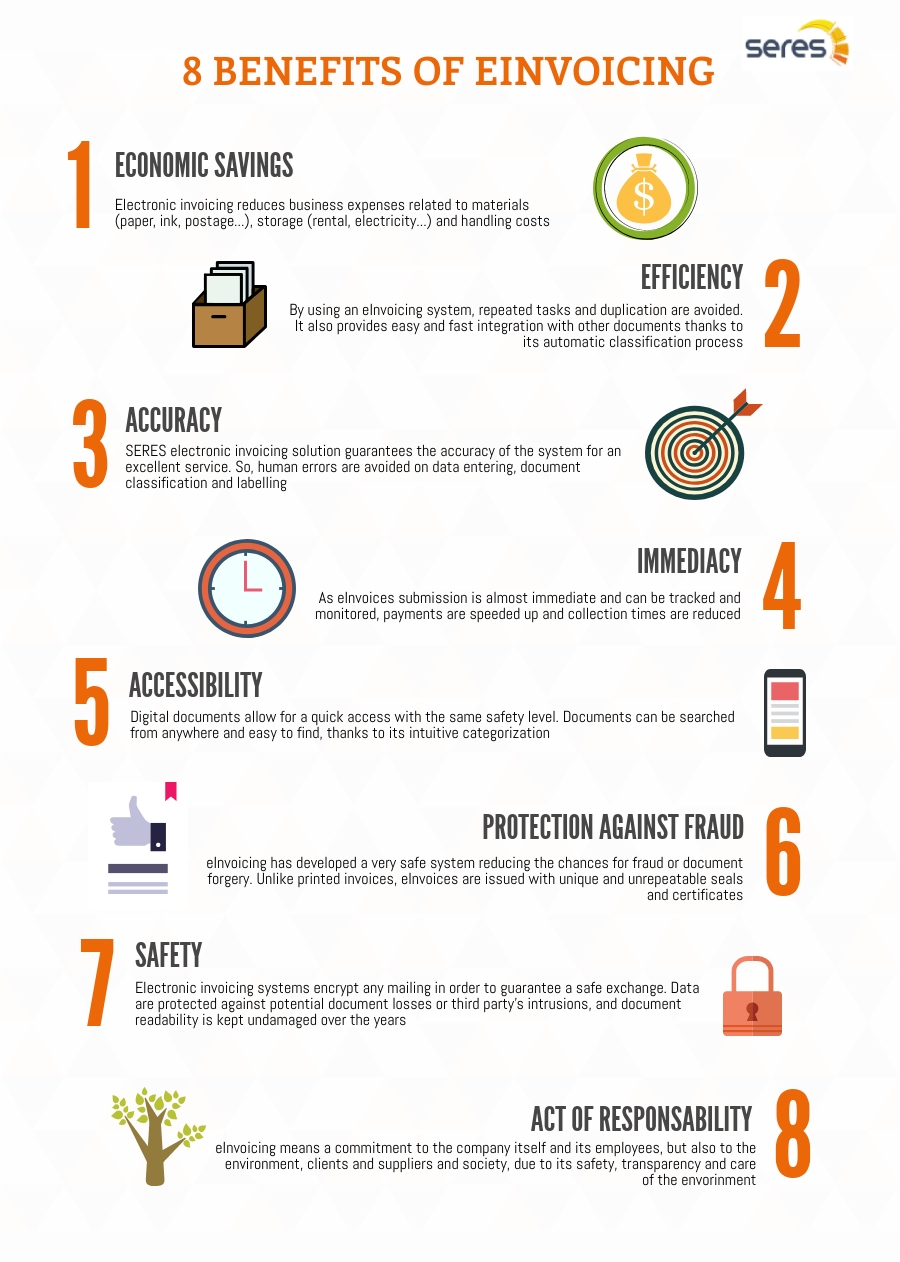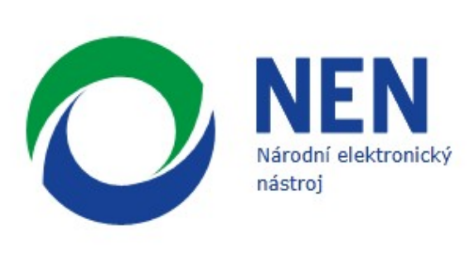Electronic invoice or e-Invoicing is a way of proving transactions in a more reliable, convenient, and safe way. It fulfils the same role as traditional invoice and is legally equivalent although it has many more benefits, becoming an essential resource for companies.
This is why implementation of electronic invoicing systems continue growing on several economic sectors. It is a widespread fact both in Europe and Latin America. Taking Spain as an example, during 2018, 181,884,086 electronic invoices were issued, 14.92% more than in 2017. Thanks to this, Spanish companies saved more than €900,000,000 on invoice reception handling that year. Across the Atlantic, e-Invoicing has reached the US, Canada and all over South America, Central America, and the Caribbean, getting over Europe as per implementation degree.








